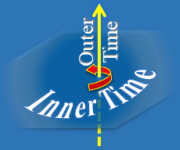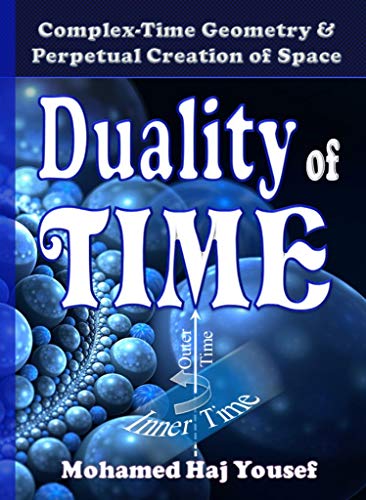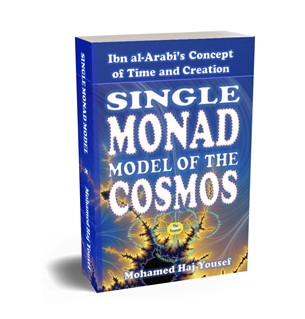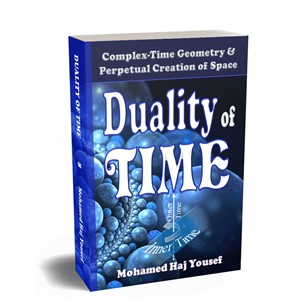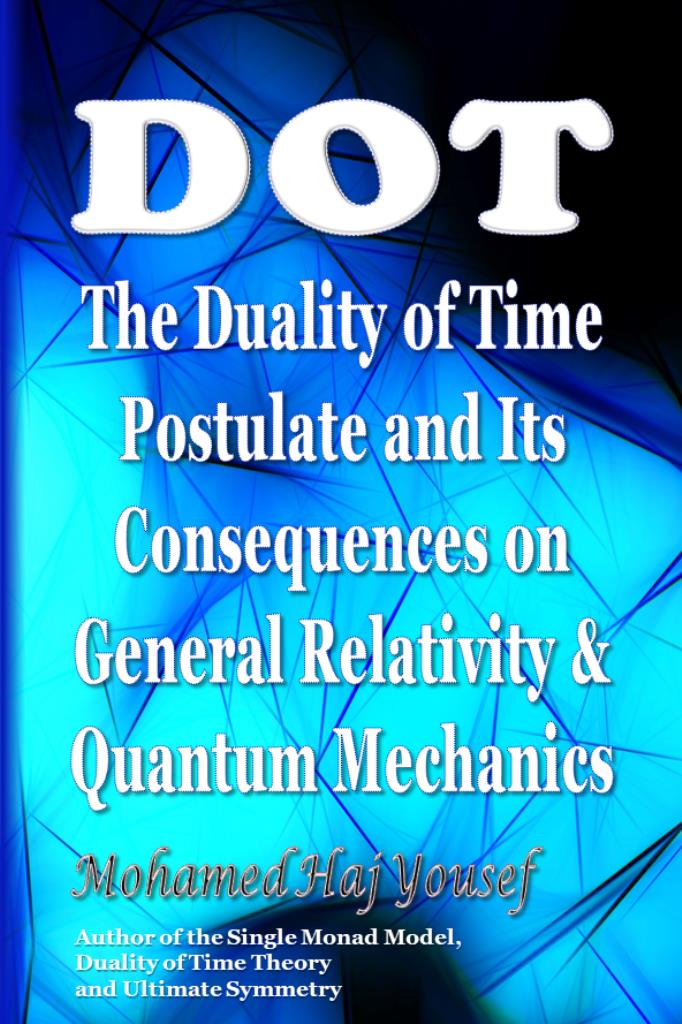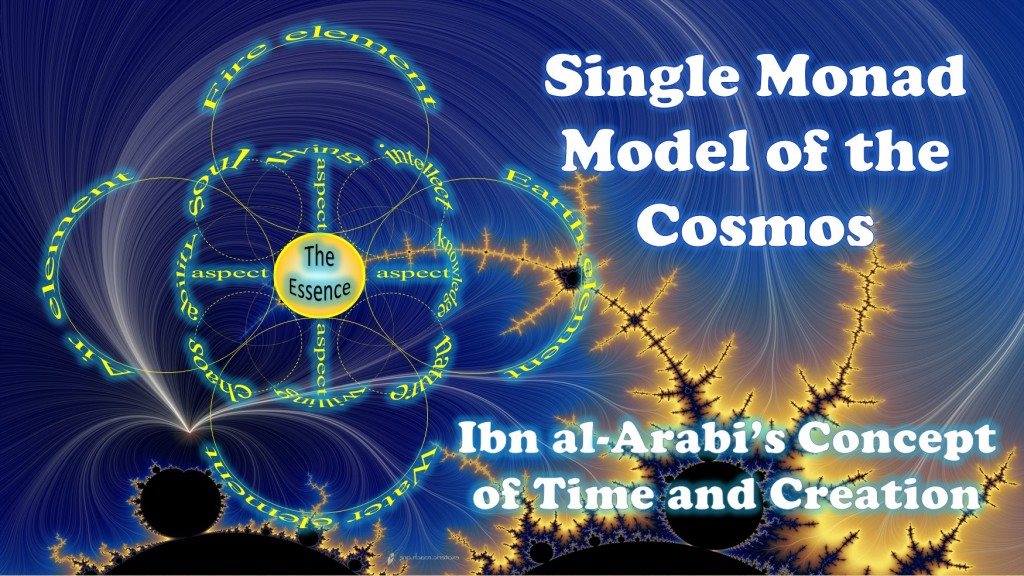2.2 Greek Cosmology and Philosophy
Shortly after the conquest by Alexander in 331 BC, the Babylonian knowledge was transferred to the Greeks. Accordingly, Aristarchus presented the first known model that placed the Sun at the center of the known universe with the Earth revolving around it, but his astronomical ideas were rejected in favor of Aristotle and Ptolemy whose geocentric model continued into the early modern age, until it was gradually superseded again by the current heliocentric model due the efforts of Copernicus, Galileo and Kepler in the 16th century.
Hipparchus and Ptolemy used complete list of eclipse observations covering many centuries, compiled from the Chaldean clay tablets recording all relevant observations of the various relations between the periods of the planets. These relations that Ptolemy attributes to Hipparchus in Almagest had all already been used in predictions found on Babylonian clay tablets.
In the earliest Greek literature we can find some references to various identifiable stars and constellations. Among others, the Hyades and Pleiads star clusters, and the constellations of Orion and Ursa Major, are mentioned in the Iliad and the Odyssey by Homer, hinting a rudimentary cosmology of a flat earth where stars rise and disappear into the ocean. However, in Pre-Socratic philosophy, Anaximander (610-546 BC) described a cylindrical earth suspended in the center of the cosmos, surrounded by rings of fire, while the Pythagorean philosopher Philolaus (480-405 BC) described the cosmos with stars and planets circling an unseen central fire.
The word “planet”in Greek means “wanderer”, because they were observed moving across the sky in relation to the other apparently fixed stars. The five planets: Mercury, Venus, Mars, Jupiter, and Saturn, can be seen with the naked eye, in addition to the Sun and Moon, to make a total of seven celestial objects that appear and disappear from time to time. Early Greeks thought that the evening and morning appearances of Venus represented two different objects, but Pythagoras (570-495 BC) is credited for realization that both were actually the same planet.
The Pythagoreans placed astronomy among the four mathematical arts, along with arithmetic, geometry, and music, while Plato proposed that the seemingly chaotic wandering motions of the planets could be explained by combinations of uniform circular motions centered on a spherical Earth. In his main books on cosmology, Timaeus and the Republic, he described a two-sphere model and said there were eight circles or spheres carrying the seven planets and the fixed stars.
In the 5th and 4th century BC, many celebrated philosophers shaped the Classical Greek philosophy, including Socrates (469-399 BC), his student Plato (424-348 BC) and his student Aristotle (384-322 BC). The first was “the first who brought philosophy down from the heavens, placed it in cities, introduced it into families, and obliged it to examine into life and morals, and good and evil.” Reale and Catan (1987). Plato was the most distinguished student of Socrates, and the primary source of information about his thinking that he presented in his dialogues. In his turn, Aristotle was also the most renowned student who joined Plato’s Academy, though he widely disagreed with him and criticized his theory of forms as “empty words and poetic metaphors.” Prior (2016). We shall come across the fundamental philosophical and cosmological ideas of these philosophers in the following sections. Parmenides and his student Zeno, who lived also in this active era, will be also mentioned in sections 4 and 5 below.
In the 3rd century BC, Aristarchus, proposed a heliocentric model of the solar system, placing the Sun, not the Earth, at the center of the known universe, hence he is sometimes known as the “Greek Copernicus”, but his astronomical ideas were not well-received. In his only work to have survived, he calculated the sizes of the Sun and Moon, and their distances from the Earth, but his results are drastically underestimated.
In the 2nd century BC, Hipparchus used the Babylonian observations and predictions to create better geometrical models. He is considered among the most important Greek astronomers, because he introduced the concept of exact prediction into astronomy, and he was the last innovative astronomer before Ptolemy. Among many other achievements, he developed trigonometry and produced accurate models for the motion of the Sun and Moon, confirming the accurate values for the periods of its motion that Chaldean astronomers are widely presumed to have possessed before him.

